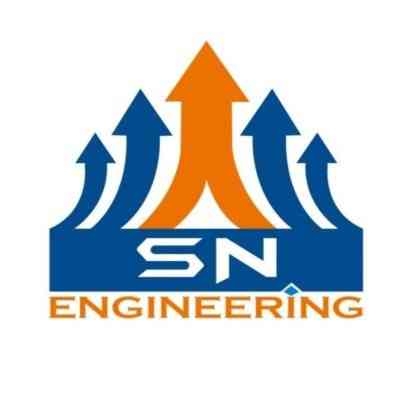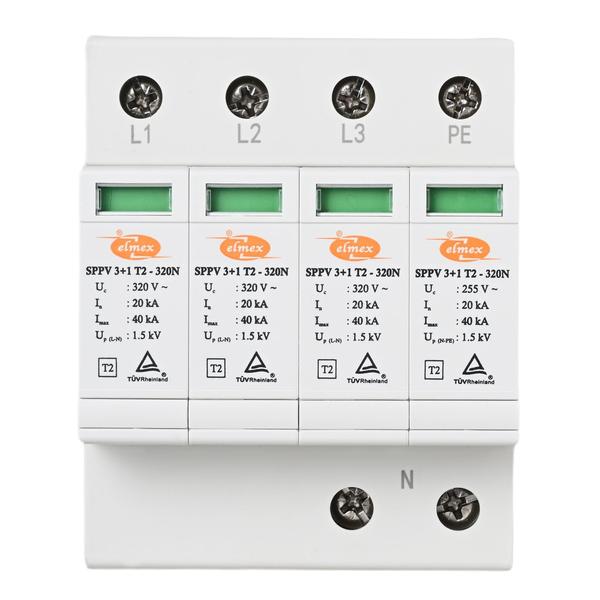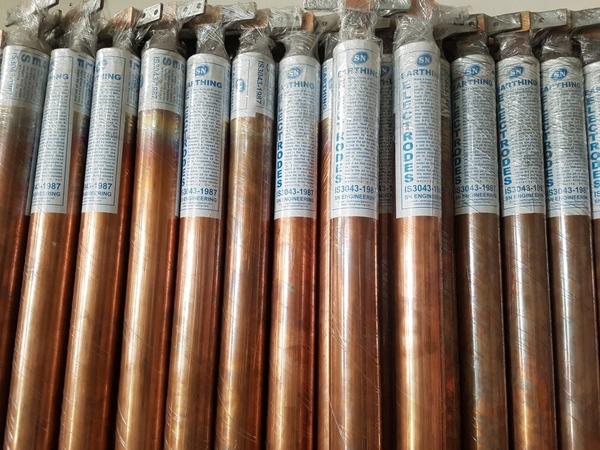Hospital Waste Water Treatment Plant Wastewaters generated from hospitals contain pharmaceuticals residues, pathogens, chemical reagents, radionuclide, and other harmful matter. The wastewater characteristics, quantity, and handling methods have not only variations among countries but also within a country. Some hazardous substances of hospital wastewaters (HWWs) may have a regulatory status and should be treated accordingly while others have characteristics similar to that of domestic sewage. At a global level, guidelines do exist for treatment of these HWWs. But literatures have shown that legislation has various loopholes in implementation. This chapter outlines the current status of management and handling of HWWs around the major industrial hubs of worlds in two categories of developed (the United States, United Kingdom, and Europe) and developing (India, China, Iran, and Bangladesh) countries. Various literatures and
guidelines of these countries have been referred which mainly highlight different treatment scenarios and status of coverage of HWW management guidelines
Keywords
Iran
HWWs
China
India
others
Europe
worlds
chapter
country
quantity
coverage
hospitals
pathogens
countries
variations
developing
Bangladesh
legislation
radionuclide
global level
United States
current status
two categories
implementation
United Kingdom
domestic sewage
handling methods
regulatory status
various loopholes
chemical reagents
Various literatures
hazardous substances
hospital wastewaters
other harmful matter
major industrial hubs
pharmaceuticals residues
HWW management guidelines
wastewater characteristics
different treatment scenarios
Hospital Waste Water Treatment Plant Wastewaters




